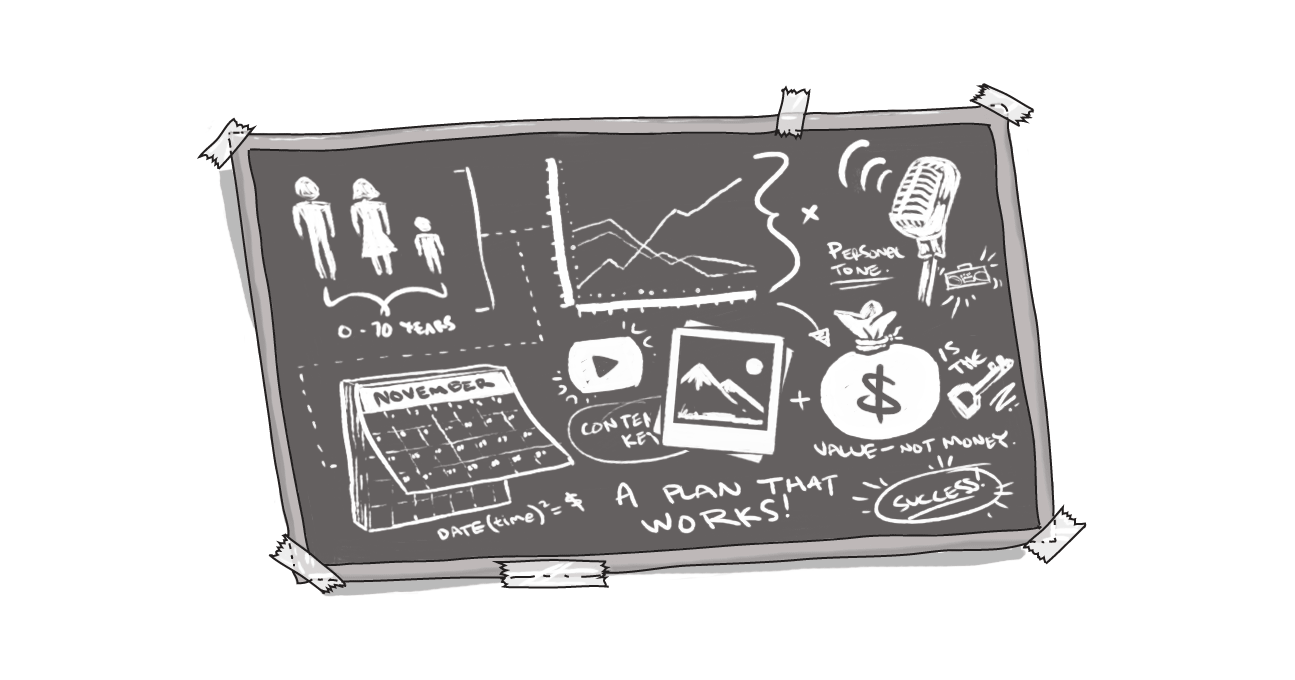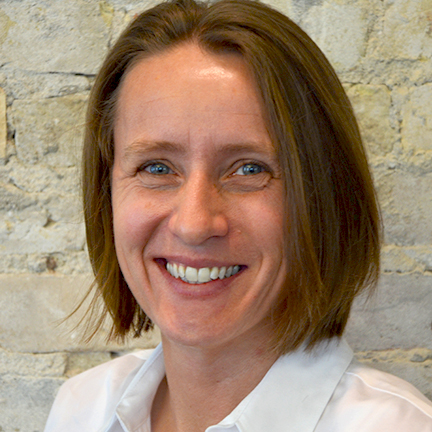‘Required’ Reading for Project Success

When it comes to developing the right digital solution for you and your customers, it’s important to not only understand what you think know but also to challenge assumptions and uncover what you don’t know.
There’s a reason why we call this part of the Echidna process discovery -- because we (both our clients and ourselves) often discover that the solution you actually need may be for challenges you haven’t already identified. Earlier today, I held a lunch-and-learn session for our internal staff, and I thought it would be the perfect time to share some of these thoughts externally.
For most discoveries, we meet with clients, review the expectations set through RFPs or initial quotes, and talk with key stakeholders. And a crucial outcome of Digital Echidna’s discovery process is to define the project requirements.
A requirement is a condition or capability that has to exist in what is created. Our goal in collecting requirements is to make sure we:
- understand and meet your needs and;
- design the best possible solution within your project scope and budget
So how do we do this at Digital Echidna? Through our process we endeavour to complete the following goals:
- Defining What -- What will this function or feature do when it is complete?
- Understanding Why -- Why does this need exist? More specifically, what are you trying to achieve and which problem are you trying to solve?
- Planning How -- As we define the requirement and understand your needs we will begin to design the solution to make sure it is fit for use
- Next Steps -- Where do we go from here? What key touchpoints, sign-offs, and deliverables need to be established, and in what timeline?
Defining requirements is something that we do in collaboration with our clients. Through the discovery process we document and define functionality and services. And then we share this documentation with you and make it the foundation of project delivery.
Once we’ve defined all the requirements, we suggest having project alignment meetings with our clients. During these meeting we go through the plan, answer any questions, elaborate on uncertainties, and document clarifications and new requirements. When we start building the site, the goal is to deliver the outlined requirements, so we want to make sure you both need and understand what we are building.
This process is best served when both parties are well-informed. Our experience has been that following a few key steps before the discovery meeting helps to ensure more effective and fruitful discoveries.
Gather information up front
Speak with your stakeholders and make sure you uncover expectations. If there are blind spots in a team’s collective knowledge it will limit the value of the process and its outcomes. Everyone from the customers, your colleagues, the VP, and the person on the street may all have a stake in your web property.
Don’t assume that you “know” what your customers want. Ask them! Having conversations with them can reveal requirements that you were not aware of. At Digital Echidna, we have a large team of UX-certified staff that can help you uncover stakeholder needs and define better, more intuitive, and user-friendly solutions.
Show and tell
We encourage clients to research and identify examples that can they can bring to the discussion to help illustrate everything from challenges to desired future states. It could be elements of websites that you like, or examples of roadblocks your customers face. And while it may not be exactly what you want, through our conversations we can refine and work towards identifying what your requirements are based on these starting points.
Dream big - but remain grounded
When you share your dreams with us we can better understand your vision and hopes -- and sometimes the dream may be more attainable than you think. At Digital Echidna we strive to work with you and while we can’t always fulfill your dreams we can suggest alternatives or plan for future developments. Blue-sky thinking lets us understand what the ideal state is -- and then we can set out a roadmap on how to get there.
Anything is possible -- but every project is restricted by time and money. We encourage clients to be transparent with their budget and short and long-term plans. This allows us to understand what the constraints are and gives us a framework that allows us to offer realistic solutions to solve challenges and fulfil desired functionality.
Expect change
And requirements aren’t always set in stone. Once the build has begun, we know things can change.
One of the most important lessons we have learned over the years is that building a website is a process. You learn new things - as do we. That’s why we suggest that your build start with a contingency budget which will afford us to make changes. We also suggest placing requests for changes in a parking lot so that when the project -- and, therefore time and money -- nears its end, we know exactly what we have left to work with.
We also encourage clients to be aware that that asking for changes may impact the schedule. It may seem like only one small change here and one small change there, but it all adds up -- and before we know it, we’re fast approaching launch day and the site’s not yet done. I have a new saying: “If a client asks for something, I will ask for something back -- it’s not always money, but more often time.”
We’re in it together
The one thing we want to state is that we’re in this together. We want your project to succeed just as much as you do -- if not more. Your success and your project reflects upon us, and we take great pride in our work.
Unfortunately, none of us are mind readers. So that’s why we ask that you do your best to tell us what you need and we’ll do our best to ask the right questions and suggest the best solutions.
We know you don’t create websites for living so the best you can do during this process is to ask questions or paraphrase the requirements so that we can validate what you believe. Open, honest, and transparent communication, where everyone understands what is required, is the best way to ensure success.
SUBSCRIBE TO OUR E-NEWSLETTER
 Subscribe
Subscribe


